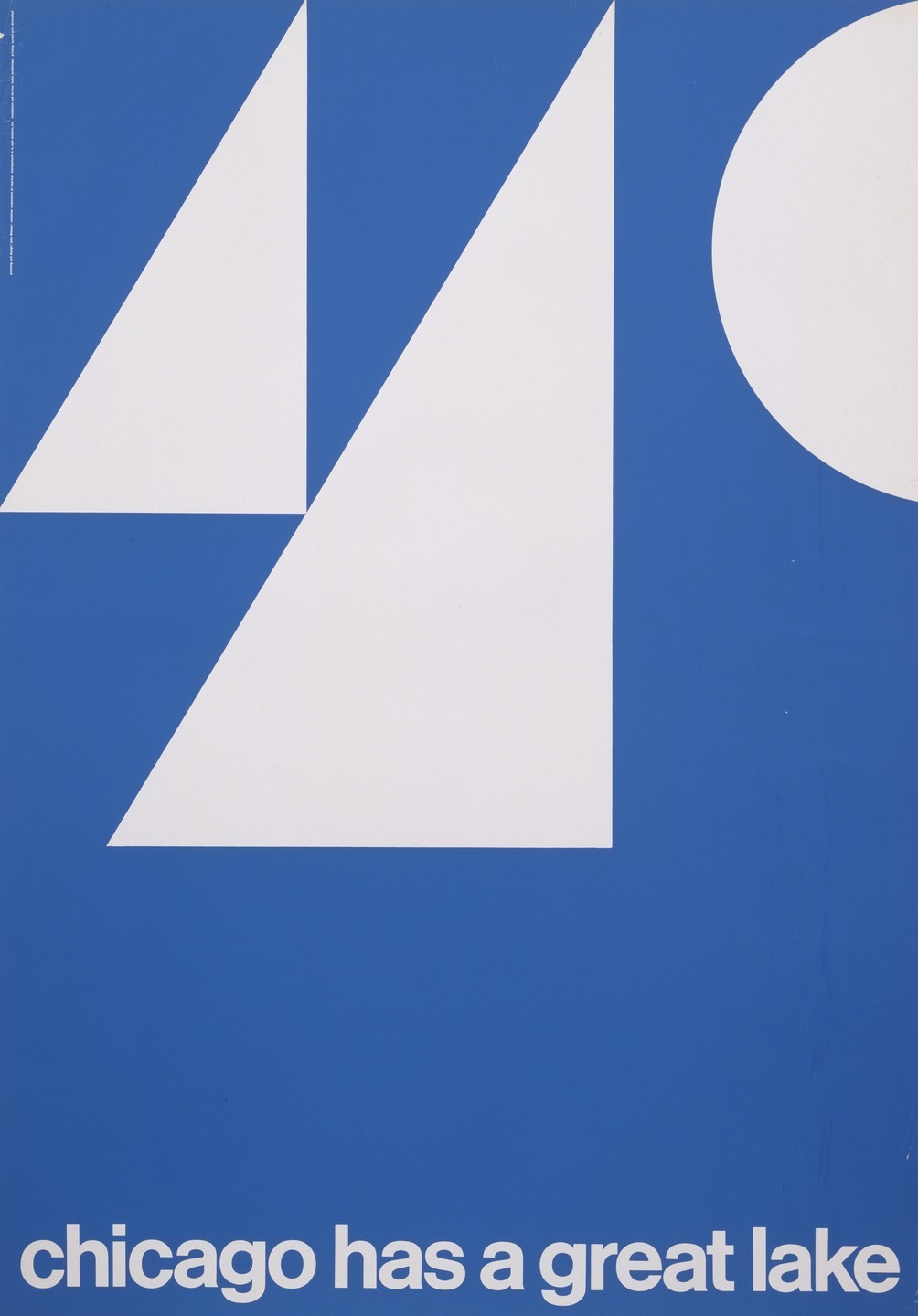It may be the most ambitious intercity passenger rail project in the nation today.
By the end of 2016, All Aboard Florida will connect Orlando to Miami, with intermediate stops in West Palm Beach and Fort Lauderdale.
“By connecting Central and South Florida, in a way we’re going back to the future, because it was the railroad that catalyzed the development of Florida to begin with,” says SOM associate director and project manager Kristopher Takacs.
Florida grew rapidly in the late 19th and early 20th centuries, as Henry Flagler built his railroad line on the east coast as far as Key West, and Henry Plant developed his line on the west coast to Tampa.
Takacs and SOM design partner Roger Duffy were assigned planning and design for the project by Florida East Coast Industries, Inc., owner of the passenger rail corridor.
“Not only did we plan this but we’ll do the buildings in this massive piece of infrastructure that’s a catalyst for growth,” Duffy says.
They were asked to design three multimodal transportation centers – in Orlando, Miami and Fort Lauderdale – and to make them not only intelligent and functional, but iconic too. The architects responded with three distinct buildings created out of a common DNA.
“When you see the three stations in various locations, there’s a shared visual design – a brand,” Duffy says. “You know it when you see it, from Miami up to Orlando. It’s a still point in a turning world.”
Indeed. A high-speed (125 mph) rail spur is planned to link Cocoa Beach on the east coast with the Orlando multimodal transportation center. Trains running between Orlando and Miami will run at about 80 mph on both the east and west coast.
With an estimated five million passengers eventually riding these rails, their impact on jammed-up Florida highways can’t be underestimated.
“It’s massive – it will take three million cars off the road every year,” Takacs says.
And with traffic in Florida that’s nearly Hong Kong-like in density, that’s huge.
[slideshow id=1249]


